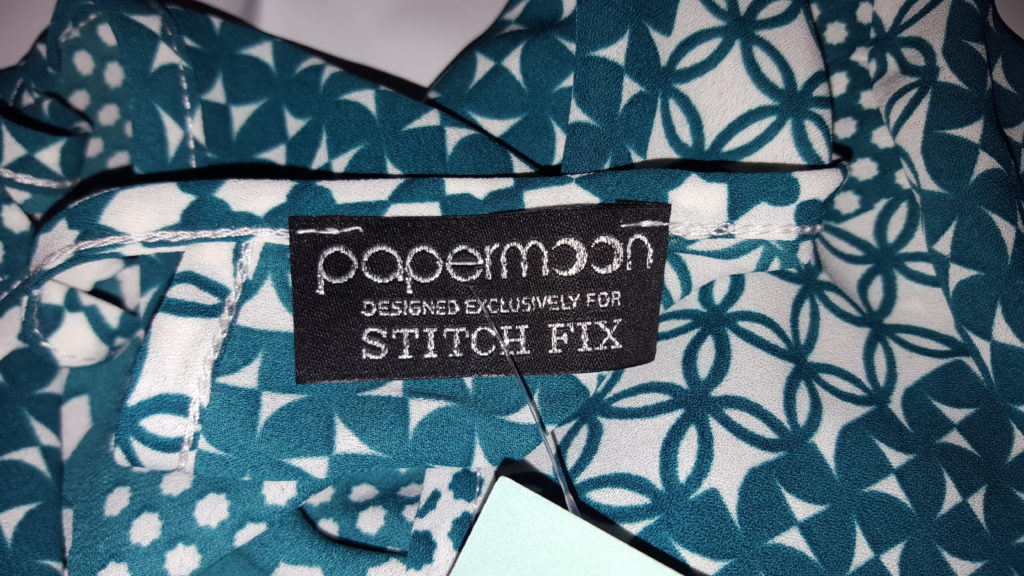How French Women Stay Slim by Terry Ryan

How do French Women stay thinner than American women? What you see on TV is a typical example of a French woman that primarily lives in Paris. Paris is the largest city in France and is the capital. It is a mere 40 square miles with a population around 2.5 million. What do French women do better than American […]
Get Rid of Your Middle Bulge With Yoga Burn

How it Works The secret to the success of the Yoga Burn Program lies in what’s referred to as Dynamic Sequencing. Dynamic Sequencing is the way in which the yoga burn program teaches you how to properly perform each movement and then continues to adapt and increase the challenge at the precise moment your body […]
What Killed Bill Paxton?

What killed Bill Paxton by Terry Ryan Bill Paxton, 61, actor, father, and husband, passed away Saturday, February 25, 2017 due to complications from surgery. He underwent heart surgery and suffered a stroke afterwards. (Source: TMZ) Potential Complications During and After Heart Surgery Some of the more common complications of heart surgery are routinely dealt […]
Vague about the Vagus Nerve?

Vague about the vagus nerve? Don’t feel alone because most people are. Did you know it is referred to by the medical community as the MIRACLE NERVE? >>>>>Read this story about a Super Woman! Wow! Things you find on the web!<<<<<< I first became aware of the importance of the vagus nerve while watching a […]
My Review of Stitch Fix-Your Personal Online Stylist

My review of STITCH FIX-An online personal stylist. Meet Your Partner In Personal Style. Get Started Today. For busy women on the go, Stitch Fix is the personal styling …stitchfix.com has been visited by 10K+ users in the past month Stitch Fix | Online Personal Stylists for Women I’ll be the absolute first to admit […]